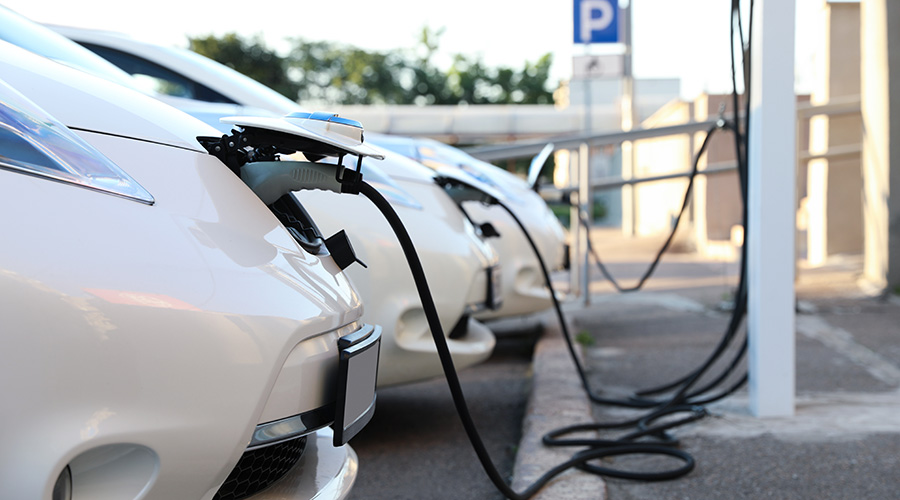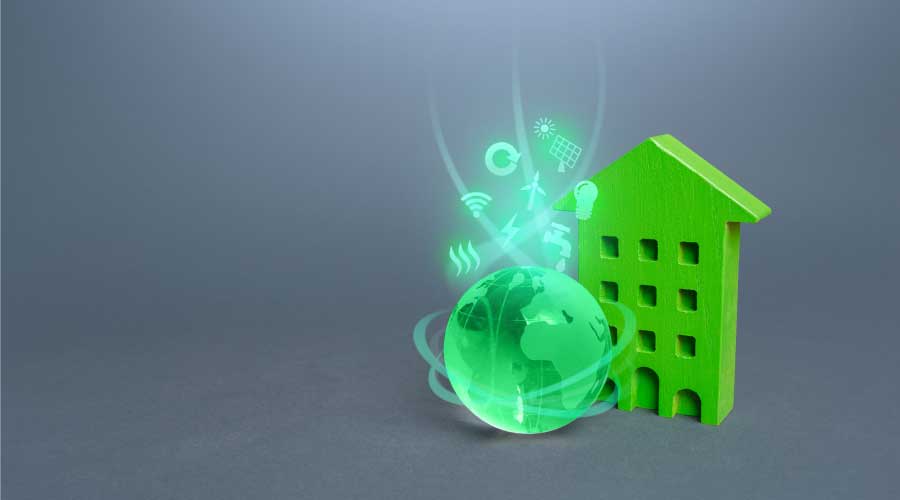Sub-Meters Minimize Energy Waste, Boost Bottom Line
The combination of increasing utility rates, a higher demand for energy, and more greenhouse-gas emissions is spelling disaster for the environment. As a result, institutional and commercial organizations no longer can assume they can operate as they always have or that the environment will be able to sustain the ongoing effects of facilities and operations.
Buildings in the United States account for 72 percent of the country's overall energy use, and they contribute 39 percent of overall carbon-dioxide emissions in the form of greenhouse gas. New energy technologies — including wind-generated power, photovoltaic systems, and geothermal systems — are becoming more cost-effective, and they are lessening the nation's dependence on coal and oil as fuel sources for expanding energy needs. But the basic need for energy goes on, so maintenance and engineering managers need answers for controlling energy use in facilities.
The key to this effort is understanding the direction the energy consumption trend is heading within any given facility. Power sub-metering plays a huge role in achieving this goal by helping managers better understand facilities' overall energy use and by indicating areas in which corrective action could take place.
Power Shift
Not that long ago, tenants were not responsible for their energy costs. A typical tenant was responsible only for paying rent. As long as the tenant kept up with the rent, it could use an unlimited amount of water, gas, and electricity. Thus, tenants of commercial and institutional facilities had no financial motivation to conserve.
This trend of wasting energy eventually caught the attention of environmentalists, property owners, and regulators, and it resulted in a dramatic increase in the installation of sub-meters to accurately measure a tenant's energy use, bill the responsible party accordingly, and, ideally, hold down energy consumption.
Today, sub-metering has taken on a whole new role. While landlords and building owners still use sub-metering to measure an individual tenant's energy use, managers in single-tenant office buildings, institutions, government facilities, and warehouses have come to understand the important role sub-metering plays.
No longer are sub-meters just measuring a tenant's overall energy use at the utility entrance panel. Sub-meters now measure energy use at the source, even down to a single piece of equipment.
As a front-line data-gathering tool for energy-using systems, sub-meters can improve a company's overall bottom line dramatically by bringing tremendous visibility to the overall energy footprint. By introducing energy profiling at the source, such as a lighting panel or power panel, down to the individual piece of equipment, a manager can truly begin to understand a facility's energy profile and the importance of changes in operational strategies.
Related Topics:













